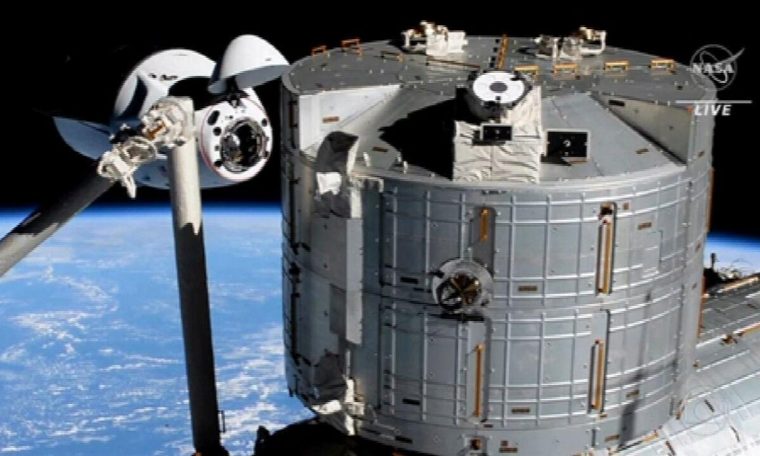
NASA astronauts, who left Florida on Friday (23), have already arrived at the International Space Station aboard the SpaceX spacecraft.
The Falcon 9 rocket was lit at the Kennedy Space Center in Cape Canaveral, Florida in the morning. This is the third manned mission of the company SpaceX. Elon Musk, the entrepreneur who runs SpaceX, says this is the beginning of a new space age, which is commercial space exploration.
Now, missions are very cheap because the equipment is recycled. Falcon rockets had already been used. And after launch, he returns to Earth for future missions.
The Dragon Endeavor spacecraft, with four astronauts on board, has already visited the International Space Station in May 2020. Another SpaceX spacecraft, Dragon Resilience, has been attached to the station since November. He also took four astronauts and returned to Earth on Wednesday (28).
Endeavor arrived at the station on Saturday (24) morning. The coupling was fully automated controlled by on-board computers. The astronauts – two Americans, one Japanese and one French – were welcomed by colleagues from previous SpaceX missions and by two Russians and one American who arrived at the station in early April.
With 11 on board, maximum capacity gives the impression of overcrowding. But the station has six rooms for the crew to sleep. And they are all vaccinated and tested for Kovid-19. When the resilience class leaves, on the 28th, it will be more comfortable. In October, Resilience returned with four more astronauts.
SpaceX ships end a long period when Americans depended on Russian ships to go into space. For Russia, it was great: In total, NASA paid $ 5 billion for transportation. But that source has dried up and Russia has announced that it will leave the international station in 2025 and build its station.
The International Space Station has been in orbit since 1998, but will only operate until 2030, when it disintegrates and fragments fall into the Pacific Ocean. Then another era will begin conquering space: the first mission to Mars.



